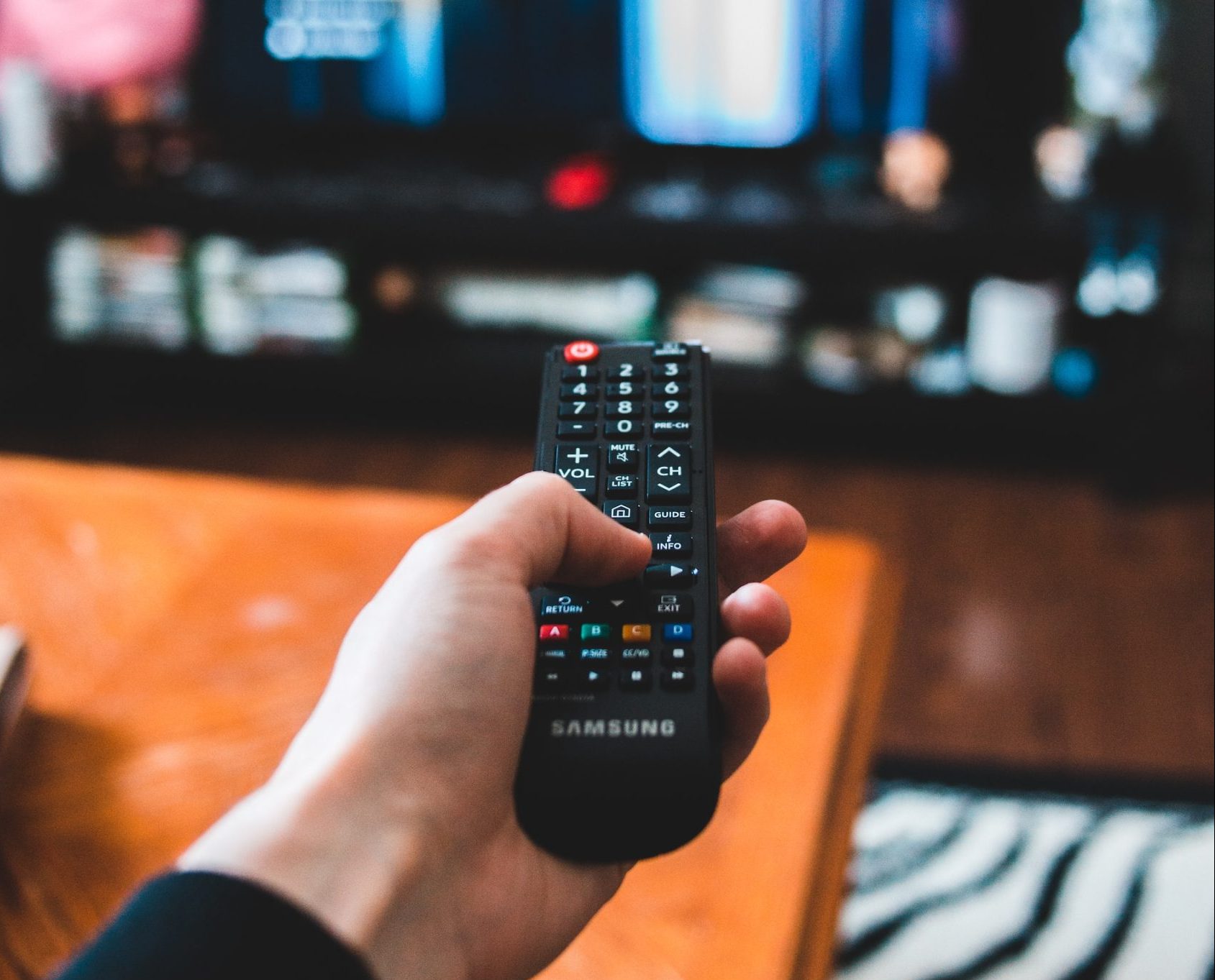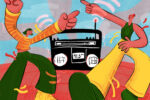The advertising industry is one of the most powerful forces to be reckoned with.
As the everyday presence of media has increased over the years, so have opportunities for advertisers. Nowadays, they are as ubiquitous as oxygen. Platforms like YouTube enable advertisements to fill what used to be dead space before and after videos by bookending them with ads—a practice that wasn’t done in its previous forms—and even randomly interrupting videos to show more ads. There is a great versatility to advertising. It papers the interiors of our sports facilities, moves along on our T-shirts and operates as the unseen influence of our most popular media. If people are constantly surrounded by advertising, how does any of it stick in their minds? One good reason for this is music.
Music is a means of emotional impact through sound and association. The use of a particular song can provoke a certain feeling through its tone; the viewer may learn to associate specific memories with the sound.
In a video essay titled “The Psychology Behind Good Advertising,” an example between perfume commercials is used to explain the evolution of ads. The essay compares a commercial from 1956 to a Giorgio Armani ad from 2010. The elegant female voiceover and absence of music in the ‘50s ad reveal a laser focus on the product itself—as well as the postwar consumerism boom that paved the way for advertising as we understand it today. Meanwhile, the effect of the 2010s ad comes from its sensual cinematography and music to sell a similar product. By modern standards, the Armani commercial is more effective because it appeals to the senses. Rather than maintain a boundary between consumer and advertiser, it tries to form a bond.
Advertisements can often captivate our emotions. They are great exercises in psychological persuasion and manipulation, and—to their great advantage—they have everywhere to pull it off. Ads are designed to sell things, but the viewer often internalizes them as emotional experiences, almost disregarding their actual purposes, especially since the trending practice is to not reveal the company’s product or service until the last second.
Viewers often forget that it can take a village to organize and produce what they think is the most winning combination of visuals and music. When their efforts are successful, it’s because they have put serious thought into how their projects will affect audiences. A quick commercial typically runs 15-30 seconds, and this is why they can be so unforgettable—or conversely, forgettable. In 2004, the Apple company was already gaining prominence, but they were brought over the edge with the help of advertising, such as this 2004 commercial for iPods + iTunes that used the then-current hit “Are You Gonna Be My Girl” by Jet to bolster their excitability factor. Not once in the ad does the company display its name on-screen. They don’t have to. Only the iconic Apple silhouette appears. No words, just colors and shapes. The music is doing much of the leg work. This keeps the focus on the minimalistic visuals and the hyper-energy song and creates an easier pipeline to stick in audiences’ minds.
A toxic marriage of music and visuals can deter people and discourage new consumers.
In more recent years, the use of popular songs for commercials has declined in favor of stock music, and it’s often combined with cinematic visuals. This shift shifts the focus away from the product/ service itself, but it doesn’t deter the viewer from intrigue. In fact, it only invites in more. Commercials are generally abhorred as interruptions for programs, but when the Super Bowl is on, commercials are just as highly anticipated as the main event.
Advertisements have always carried out the purpose of persuading their audience to choose their products and services. We live in an era where the concept of choice could almost be argued as an illusion. The abundance of choice has made decision-making more difficult than ever.

















